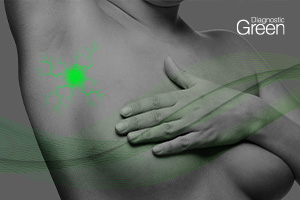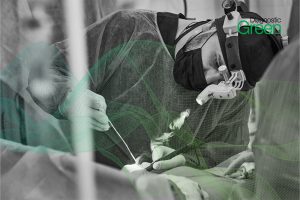Background: In reduction mammoplasty, preserving an appropriate skin flap is crucial to achieve a favorable postoperative appearance and prevent blood supply disorders in the nipple-areolar complex (NAC). Accessing the blood perfusion of the NAC and determining the critical threshold for NAC viability are essential aspects of reduction mammoplasty.
Objectives: This study aims to utilize indocyanine green (ICG) angiography to assess the NAC perfusion during reduction mammoplasty. It also seeks to identify critical thresholds of various indicators affecting NAC survival and provide guidance for skin flap trimming.
Methods: Thirty-eight patients who underwent reduction mammoplasty were included. Each patient received ICG angiography before and after skin flap trimming. Data on NAC perfusion, skin flap length, width, thickness, and other relevant indicators were collected.
Results: Among the patients, 5 experienced NAC blood supply disorders. Multiple linear regression analysis demonstrated the NAC blood supply had a significant correlation with the tissue thickness at the pedicle base (P < 0.001) and length-to-width ratio across the nipple (P < 0.05). The cut-off points of the thickness at the pedicle base and length-to-width ratio across the nipple are 1.15 cm and 1.71 for NAC survival and favorable breast shaping.
Conclusions: ICG angiography can effectively assess NAC blood supply and postoperative survival. Authors can predict the survival of NAC and guide the flap trimming during the operation based on the cut-off points.




